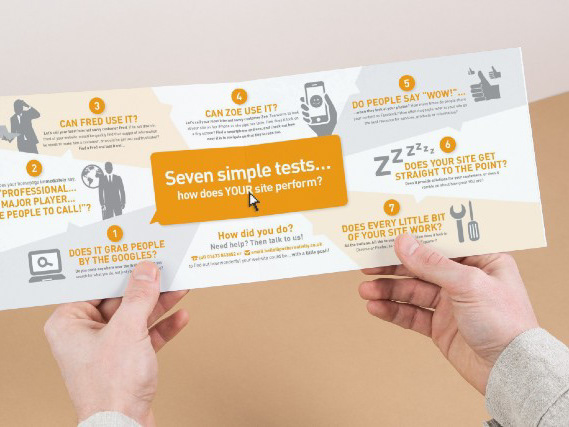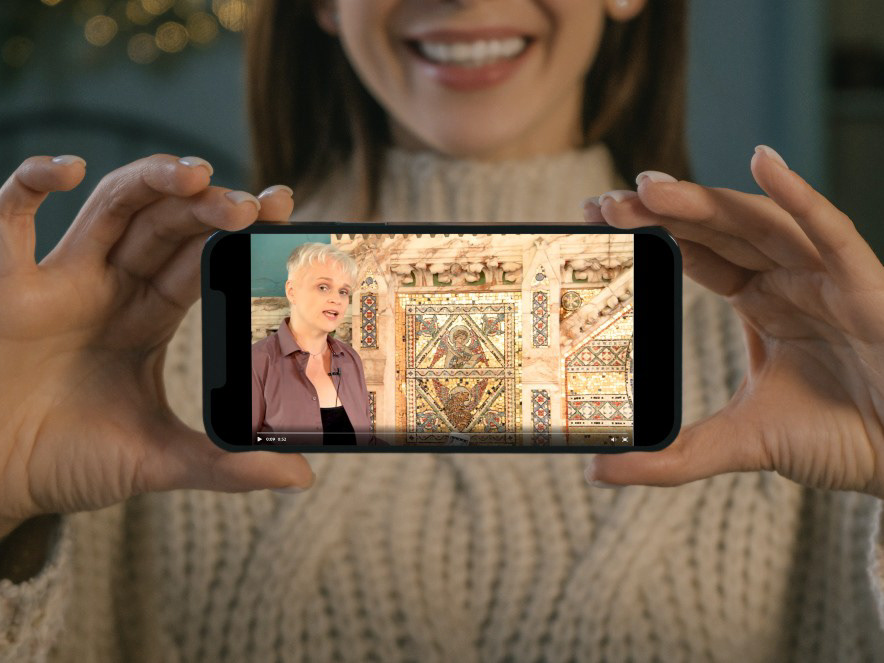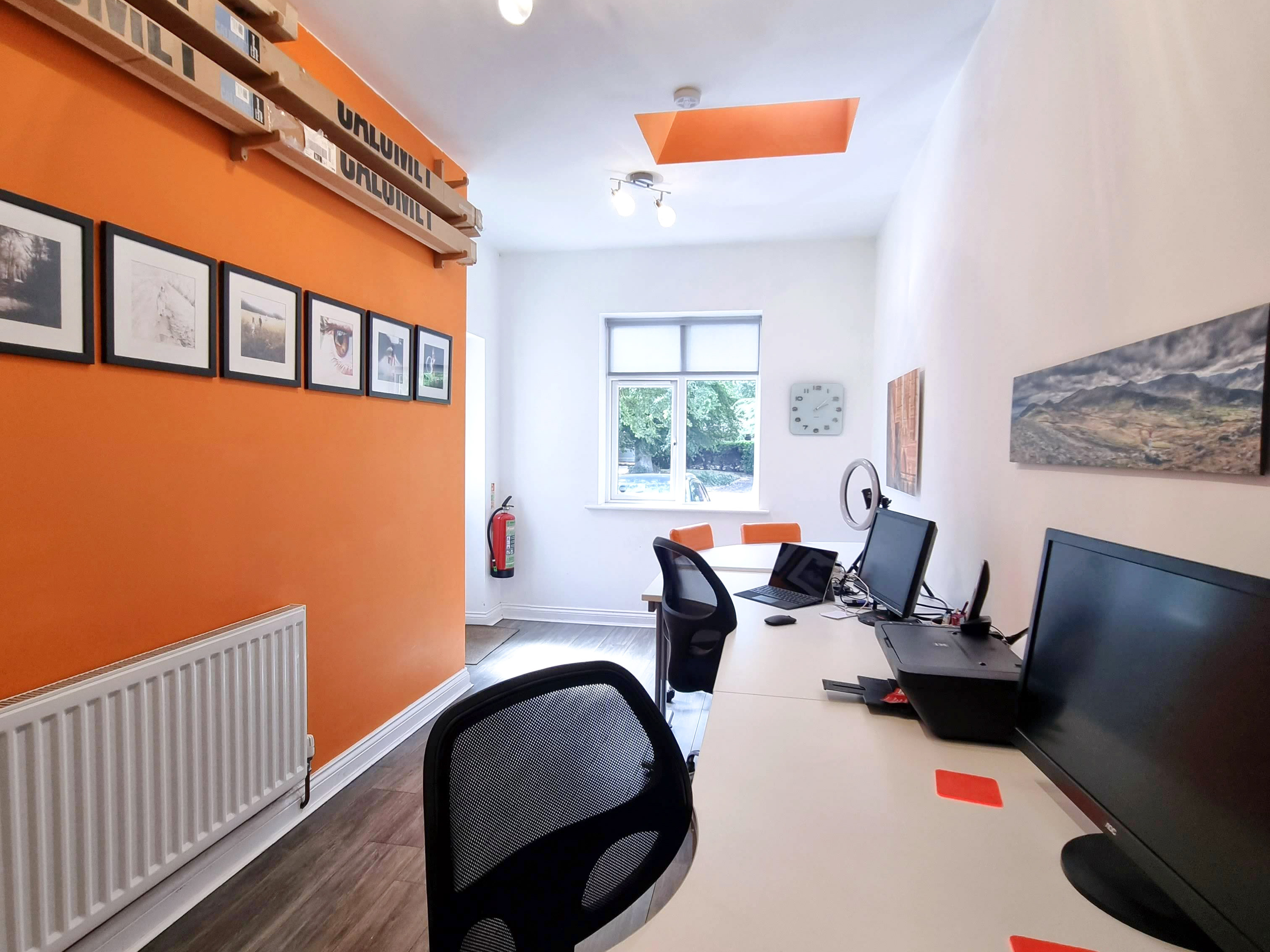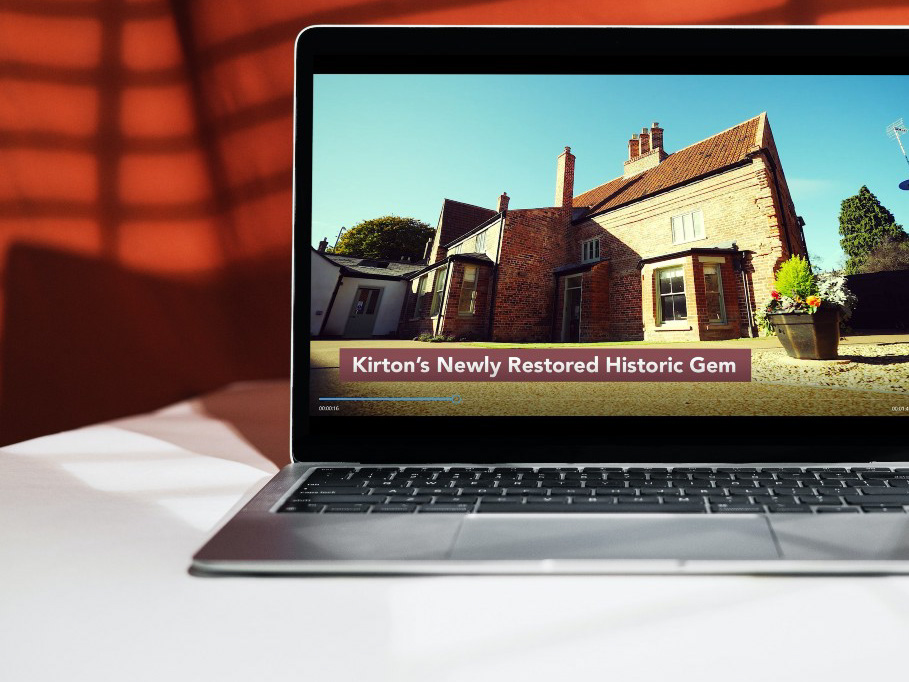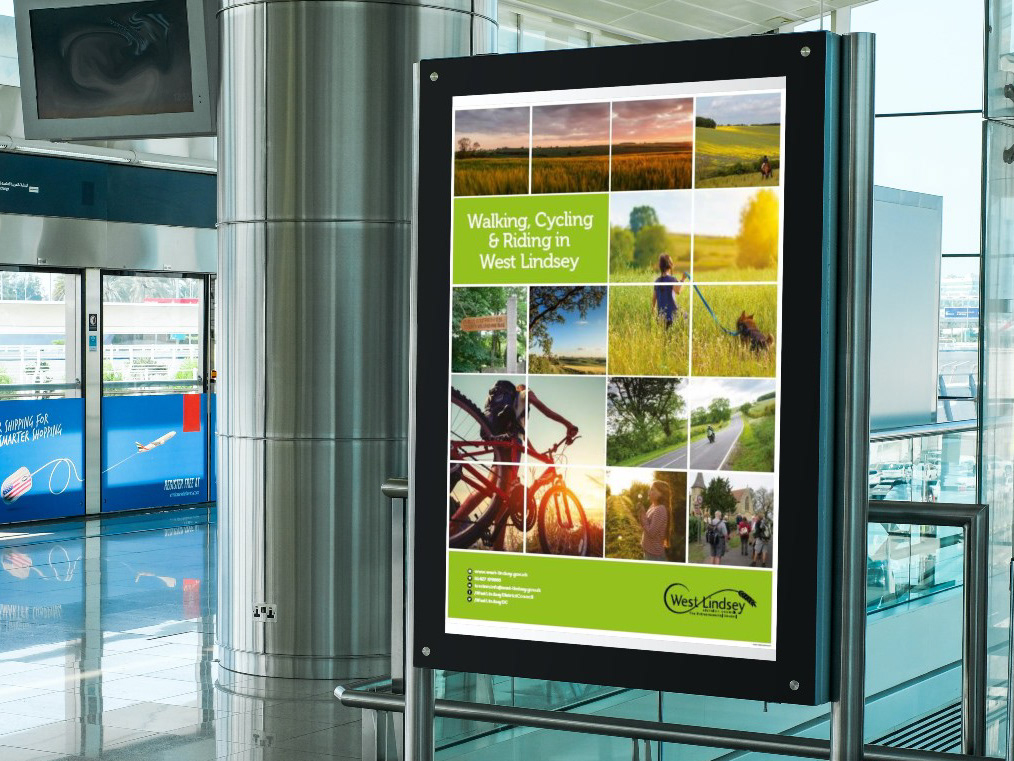Some of the 1200 images taken in this project. These paintings were in a range of styles, with some showing Reformation damage (often to the face). Left to right: Filby, Middleton, Barton Turf and Thornham Parva.
Paintings from Wiggenhall (left) and the Sparham corpse panels.
From the finished book: a page of paintings of St Cecilia
The trial run at Sandringham's Wolferton
From the finished book: these photographs were taken in many locations, we used white balance and long exposure to record the most accurate images
Screens were photographed as a whole to provide crucial reference information
Flexible baseball boots, chairs and church kneelers helped save my knees and ankles
Tackling bright light and reflective glass at Binham Priory
Church keys were often fascinating heritage items in themselves
An immovable stone stair meant photographing these paintings at an angle, to later correct when editing
Look close to see me squeezing my tripod under a heavy oak table (that's also chained to the wall)
Norfolk Museum Store, a fascinating warehouse of history
Budge: the Norwich Cathedral cat
Not resisting the urge to take a photo of a church on a sunny day
Find out more about the book:
thegoldenlegend.co.uk
Find out more about my heritage photography:
Ashley Taylor is a heritage and landscape photographer based in Lincolnshire.
email him ashley@pushcreativity.co.uk



